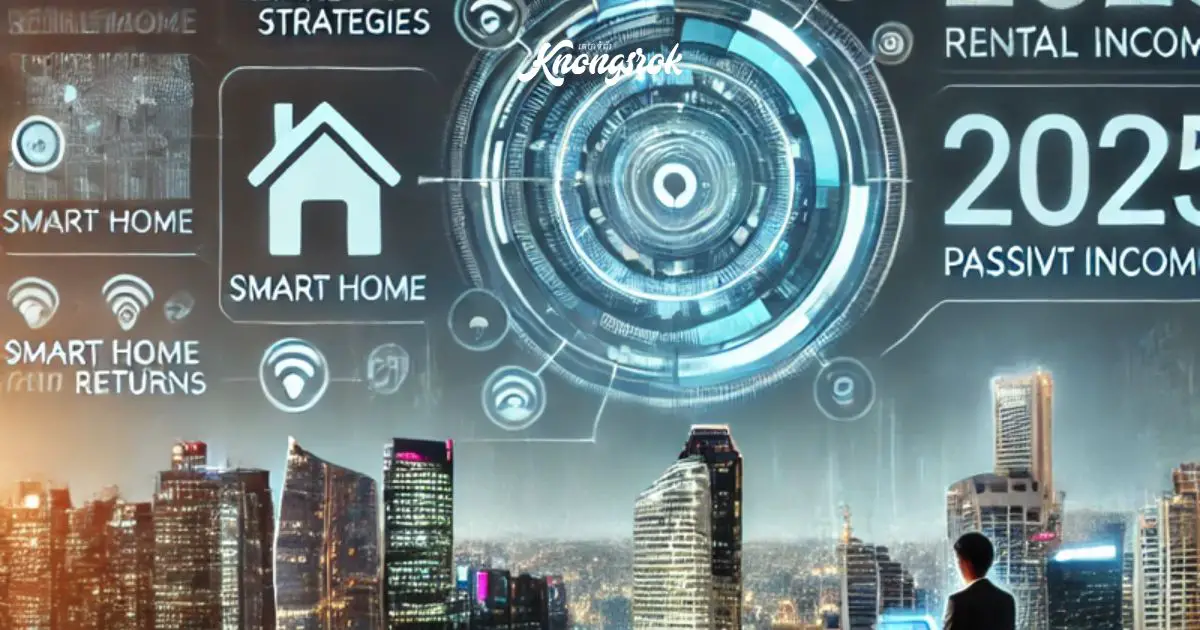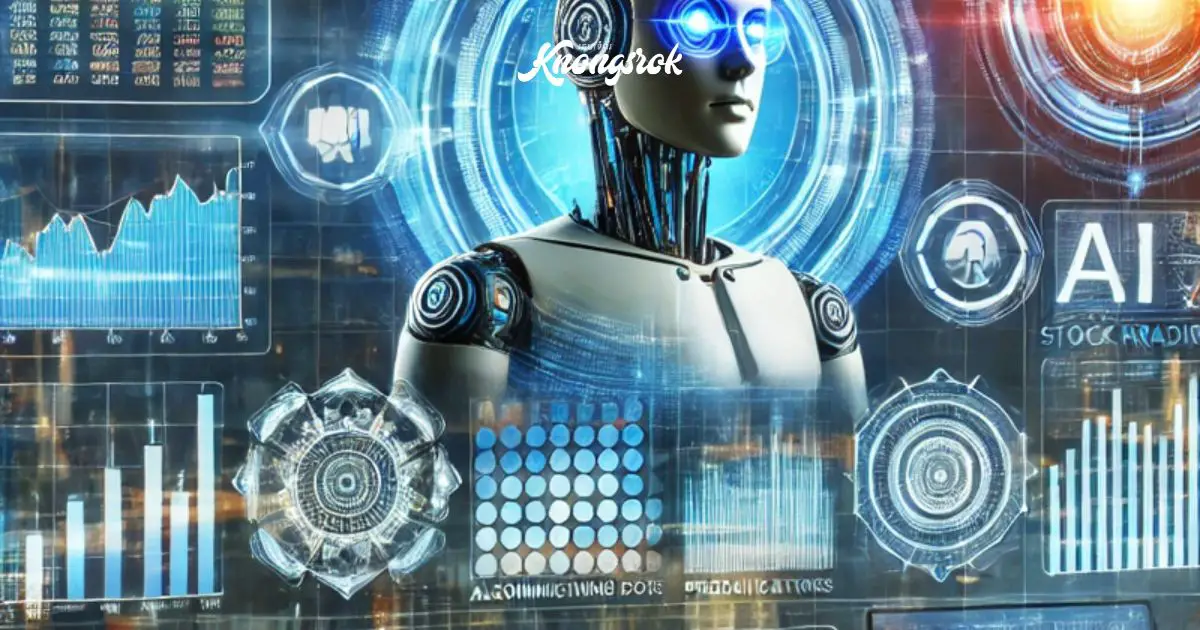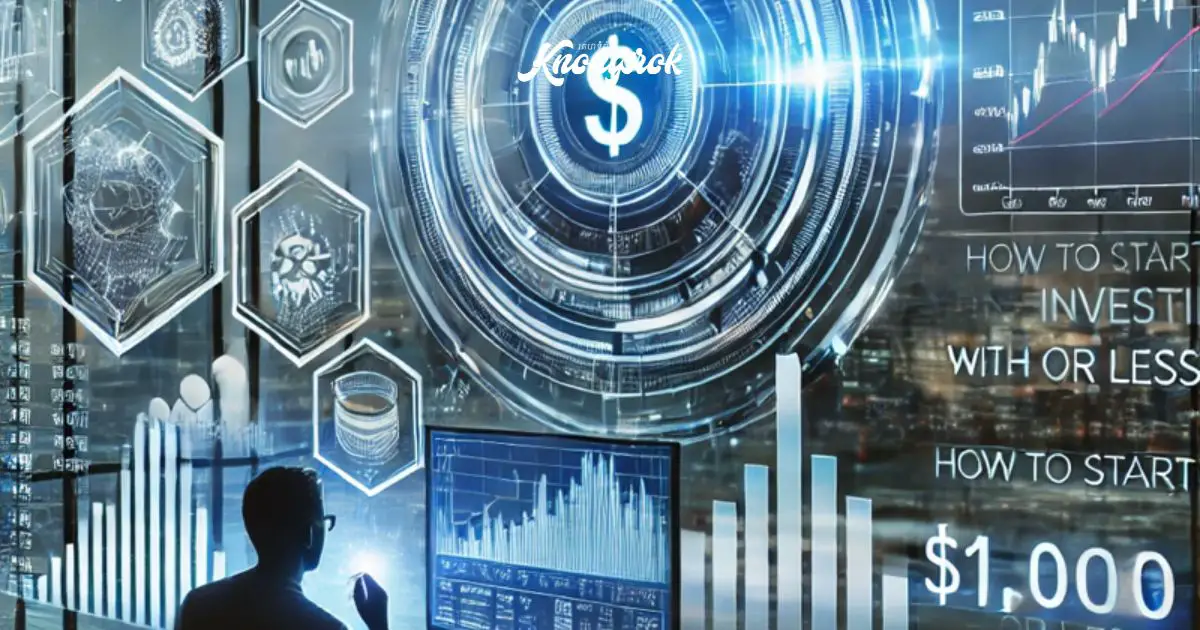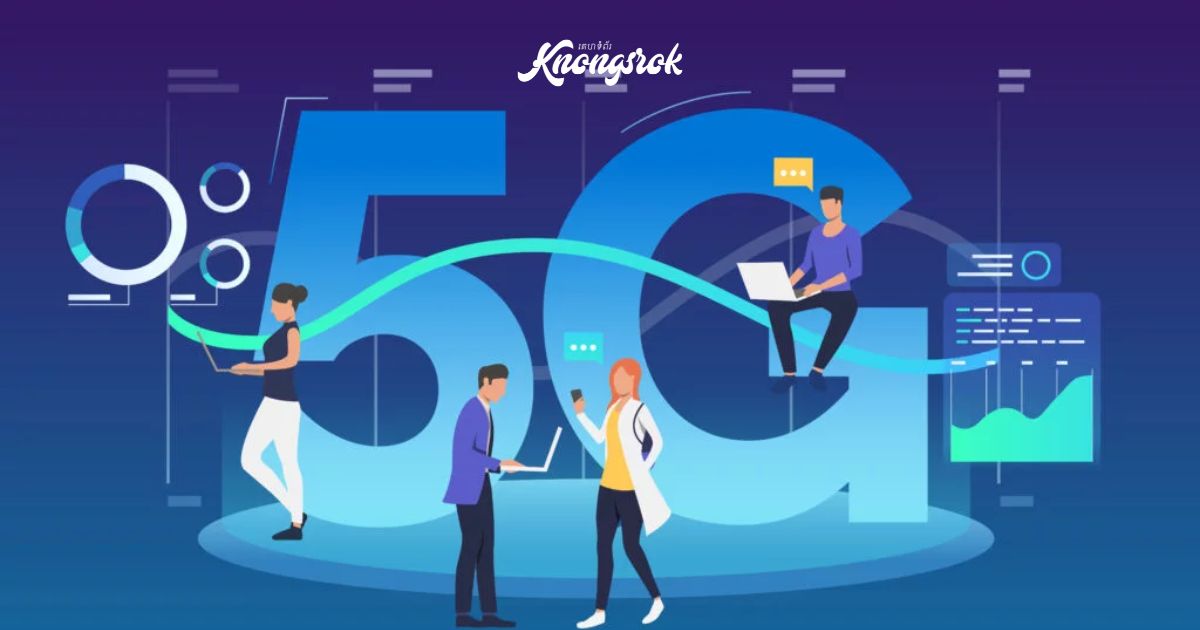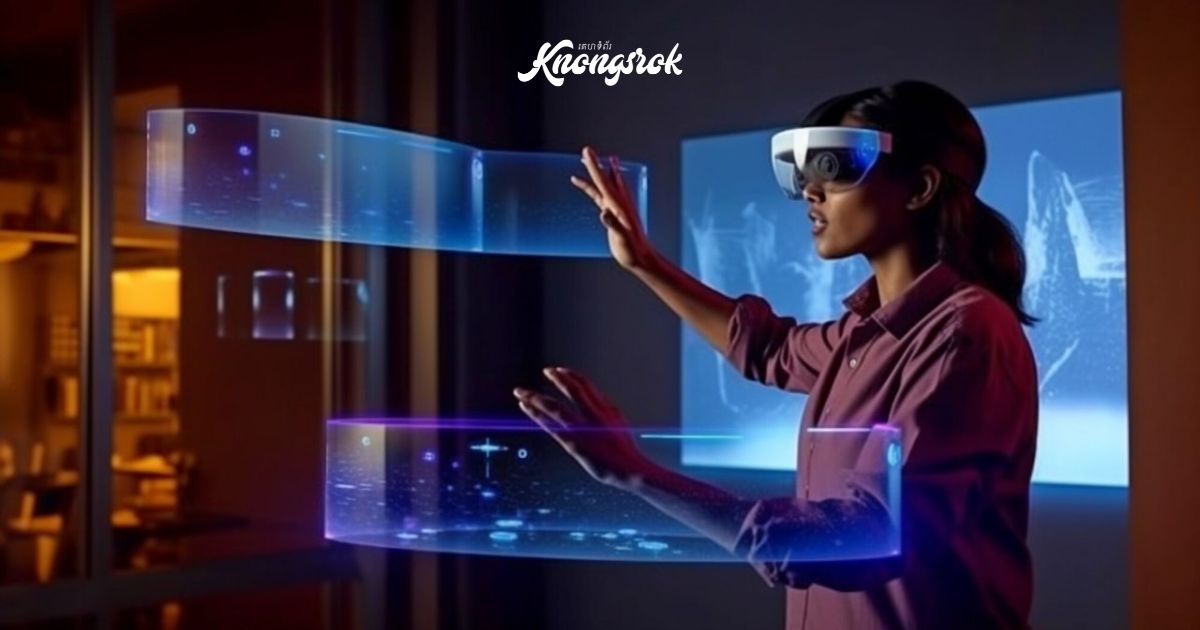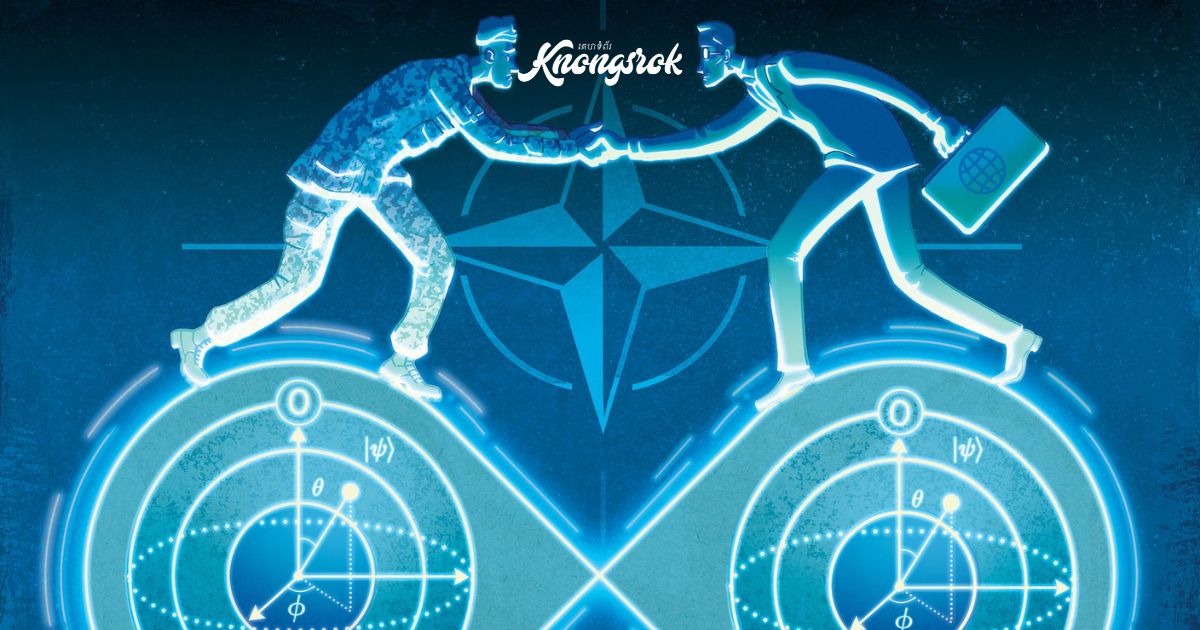Blockchain Beyond Cryptocurrency: Innovations and Real-World Applications
While blockchain technology first rose to fame as the backbone of cryptocurrency, its potential extends far beyond digital currencies. Blockchain’s core principles—transparency, decentralization, and immutability—are now being leveraged across a range of industries, driving innovations and solutions that could reshape how we manage data, conduct business, and interact globally. Here’s a look at how blockchain is being applied in the real world across various sectors.

1. Supply Chain Management
Blockchain offers unparalleled transparency and traceability for managing supply chains. Traditionally, supply chains rely on fragmented and often opaque record-keeping, making it difficult to track products, confirm authenticity, and ensure ethical sourcing.
•Tracking and Transparency: With blockchain, companies can record each step a product takes from its origin to the consumer, providing a permanent, tamper-proof record of the journey. This level of visibility can assure consumers about the authenticity and quality of products, especially in sectors like food, luxury goods, and pharmaceuticals.
•Ethical and Sustainable Sourcing: Blockchain also enables organizations to verify that materials are sourced sustainably and ethically, helping to prevent issues like child labor and environmental harm in supply chains. Projects like IBM Food Trust are already helping companies like Walmart trace the journey of their produce, providing transparency and ensuring food safety.
2. Healthcare
The healthcare sector is ripe for blockchain innovation, with its demand for secure, accessible, and accurate data sharing.
•Patient Records: Blockchain enables the secure and decentralized storage of medical records, allowing patients and authorized providers access to a complete, tamper-proof record. This is critical for continuity of care, especially in emergencies or when patients switch providers.
•Drug Traceability: Counterfeit drugs are a significant problem, especially in developing regions. Blockchain can record every step of a drug’s production and distribution, ensuring that patients receive genuine medications.
•Clinical Trials and Research: Blockchain’s immutable record-keeping can enhance the credibility of clinical trial data, preventing data tampering and allowing more reliable study replication and validation, which is crucial for scientific research.
3. Real Estate
Real estate transactions involve numerous parties, paperwork, and processes that can be time-consuming and costly. Blockchain simplifies and secures this process.
•Title Management: Property ownership is often difficult to verify due to outdated or inconsistent records. Blockchain can create a clear, immutable record of property titles, reducing disputes and simplifying property transfers.
•Smart Contracts for Transactions: Blockchain-based smart contracts can automate parts of the real estate transaction process. For example, escrow accounts can be replaced with self-executing contracts that release funds upon meeting specified conditions, reducing costs and processing time.
•Fractional Ownership: Blockchain also enables fractional ownership, allowing investors to buy smaller shares in properties, which can democratize real estate investment by lowering the entry cost.
4. Finance Beyond Cryptocurrency
The financial sector was blockchain’s first point of entry, but its use cases now extend far beyond cryptocurrencies, offering new models for asset management, trading, and cross-border transactions.
•Cross-Border Payments: Traditional international payments are often slow and expensive. Blockchain can facilitate near-instantaneous, low-cost cross-border transactions, improving accessibility to global markets and services.
•Decentralized Finance (DeFi): DeFi platforms use blockchain to create decentralized versions of financial services like lending, borrowing, and trading, allowing users more control and reducing reliance on intermediaries. This opens up financial access to individuals who may be underserved by traditional banking.
•Tokenization of Assets: Physical and intangible assets like real estate, art, and intellectual property can be “tokenized,” or represented as blockchain-based digital assets. Tokenization allows easier trade and ownership transfer, potentially increasing liquidity for traditionally illiquid assets.
5. Government and Public Services
Blockchain holds the potential to increase transparency, reduce fraud, and enhance public trust in government processes.
•Voting Systems: Blockchain-based voting systems provide a secure, transparent way to conduct elections. By recording each vote on a blockchain, authorities can ensure that votes are not tampered with, and citizens can verify that their votes were counted accurately.
•Identity Management: Governments can use blockchain for identity verification, creating a secure, tamper-proof record of citizen identity. This could simplify processes like passport issuance, tax filing, and social services access while reducing identity fraud.
•Land Registry: Blockchain can help governments maintain transparent and accurate land records, which is especially valuable in developing regions where unclear ownership records often lead to disputes.
6. Education and Credential Verification
In the education sector, blockchain can be used to authenticate qualifications and achievements.
•Academic Credentials: Institutions can issue digital certificates and diplomas on the blockchain, creating a secure, verifiable record of achievements. This simplifies the process for students, employers, and institutions to confirm credentials.
•Skill Verification: In professional settings, blockchain can track an individual’s verified skills and certifications, allowing potential employers to verify qualifications quickly and accurately. This could be especially useful in industries requiring continuous professional development.
7. Intellectual Property and Digital Rights
Blockchain technology is helping creators protect their intellectual property and manage digital rights in an increasingly digital world.
•Copyright Management: Blockchain enables creators to register their works on a tamper-proof ledger, providing an immutable record of ownership that helps prevent unauthorized use and protects royalties.
•Royalty Payments: Smart contracts can automate royalty payments, ensuring creators are compensated every time their work is used, whether it’s a song, a photo, or a piece of digital art. This application is already being explored in the music industry to reduce revenue loss due to piracy and late payments.
8. Energy Sector
The decentralized nature of blockchain lends itself well to the growing demand for renewable energy and decentralized energy markets.
•Peer-to-Peer Energy Trading: Blockchain can enable individuals to buy and sell renewable energy directly within their communities, creating a decentralized energy market. For instance, homeowners with solar panels can sell excess energy to their neighbors in real time.
•Carbon Credits and Sustainability: Blockchain can facilitate the trading of carbon credits, providing transparency and preventing double-counting of credits, which is crucial for compliance with environmental regulations. It also allows consumers and organizations to verify that their energy consumption aligns with their sustainability goals.
Conclusion
Blockchain has evolved far beyond its initial use in cryptocurrency, and its applications in real-world scenarios are becoming increasingly diverse and impactful. As more industries adopt blockchain technology, we’re likely to see more efficient, transparent, and secure processes across various sectors.
The full potential of blockchain, however, will rely on overcoming challenges such as regulatory hurdles, scalability, and user education. As these issues are addressed, blockchain’s transformative potential could redefine industries and open up new possibilities for innovation in the years to come.



